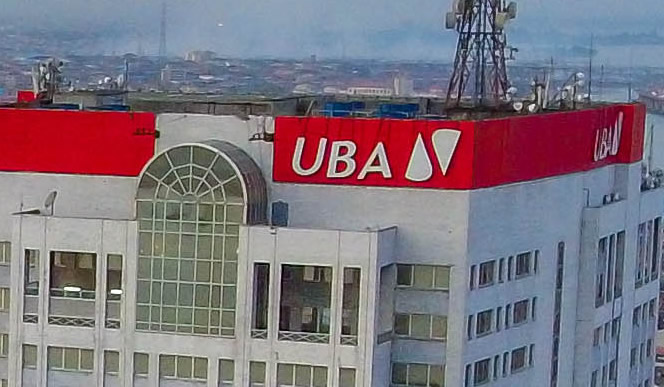Soybeans price neared a three-week low on Monday as it fell by about one percent on market fears over a trade war between the US and China, which could help swell supplies that are headed towards the highest points ever.
The most active soybean futures on the Chicago Board Of Trade were down 0.8 percent to $8.54 a bushel, near the session low of $8.53 a bushel, the lowest since July 19, according to a monitored report.
Soybeans slumped 4.7 percent last Friday while the most active corn futures were down 0.7 percent to $3.69 a bushel, the lowest since July 25.
Corn closed 2.9 percent in the previous session with the most active wheat futures unchanged at $5.4 a bushel, having closed down 3.1 percent last Friday.
Meanwhile, in its monthly supply and demand report, the USDA projected a record-large 2018 US soybean crop and the highest US corn yield on record.
US soybean stocks at the end of the 2018-19 season next August were seen swelling to an unprecedented 785 million bushels.
The agency increased its export outlook for U.S. soybeans, but traders remain nervous about the country’s deepening trade war with China, the world’s top soy importer.
Analysts at Strategie Grains made another steep cut to their estimate for this year’s EU soft wheat harvest.
The euro was frail after touching a 13-month low against the dollar on Monday as investors bid up safe havens such as the
U.S. dollar and the yen on worries about the exposure of European banks to crisis-hit Turkey.
In other markets, oil prices inched up on Monday as U.S. sanctions against Iran pointed towards a tighter market, although concerns over slowing economic growth amid global trade tensions kept a lid on gains.
US stocks slid on Friday as a deepening economic crisis in Turkey dragged on bank shares and triggered a move out of riskier assets.










